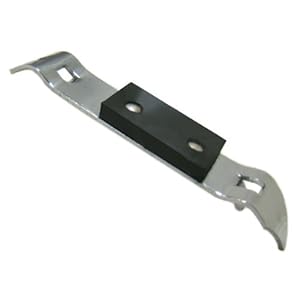Foxx said:nicklebleu said:I am still not completely clear how to can broth.
Last time I did it, I did the broth firat and then canned it the same as meat, that is 90 minutes at 11 psi. It kind of altered the content a bit, so not sure what to do.
On this thread there have been different suggestions, that the canning of broth required less time/ pressure, but I am not sure where this information came from and if there is a consensus about this?
According to the Presto canning manual that came with the 23 Qt canner, on page 39 it says:
Beef StockSaw or crack fresh trimmed beef bones to enhance extraction of flavor. Rinse bones and place in a large kettle, cover bones with water and simmer 3 to 4 hours. Remove bones. Cool broth; skim off and discard fat. Remove bits of meat from bones and add to broth, if desired. Reheat broth to boiling. Fill jars, leaving 1-inch headspace. Adjust jar lids.
Process at 11 pounds pressure -- Pints 20 minutes and Quarts 25 minutes. For processing above 2,000 feet altitude, see page 34 for recommended pounds of pressure.
I haven't done it yet, but I plan on crock potting the bones for 24+ hours, then add salt, then canning the jars with their recommendations. Be sure to remove all that dangerous fat! :P
Thanks a lot for that, Foxx. I'll try it this weekend.
Without the evil fats, of course ...




